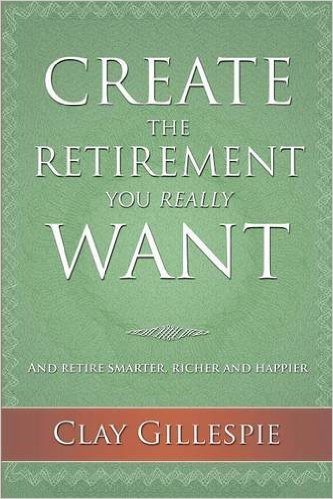 The Financial Post has just published my review of a new book by Vancouver-based financial advisor Clay Gillespie: Create the Retirement You Really Want: And Retire Smarter, Richer and Happier.
The Financial Post has just published my review of a new book by Vancouver-based financial advisor Clay Gillespie: Create the Retirement You Really Want: And Retire Smarter, Richer and Happier.
You can find the online review by clicking on this highlighted headline: From Dreams to Legacy: New Book Details the 5 Stages of Retirement.
And below is an excerpt from the chapter highlighted in the review. We may also run at least one other excerpt in the coming weeks. Over to you, Clay!
By Clay Gillespie
Special the Financial Independence Hub
Retirement isn’t an event; it’s a process, and it begins years before you actually retire. Working with hundreds of clients over many decades, I’ve come to realize that retirement success is best achieved in five distinct stages. Each stage reflects a different aspect of who you are and where you want to be in retirement, and it all begins with a dream.
1.) Dreams stage
The Dreams stage of retirement typically begins about five or six years prior to actual retirement. This is the time when people have decided to retire but aren’t yet sure of the date. It’s the time where retirement goals and hopes for the future become defined and a preliminary retirement plan is developed. For couples, especially, retiring now becomes an ongoing topic of discussion, not just something brought up in passing.
2.) Reality stage
The Reality stage usually occurs between 6 and 24 months before retirement and its temporal proximity really starts to hit home. Lifestyle issues come into greater focus, along with fears that one’s retirement nest egg may be inadequate. This is a crucial time from a planning perspective. Old Age Security (OAS) and Canada Pension Plan/Quebec Pension Plan (CPP/QPP) applications need to be made, income streams need to be consolidated, taxes need to be minimized and portfolios need to be optimized for income and growth.
3. Transition stage Continue Reading…






